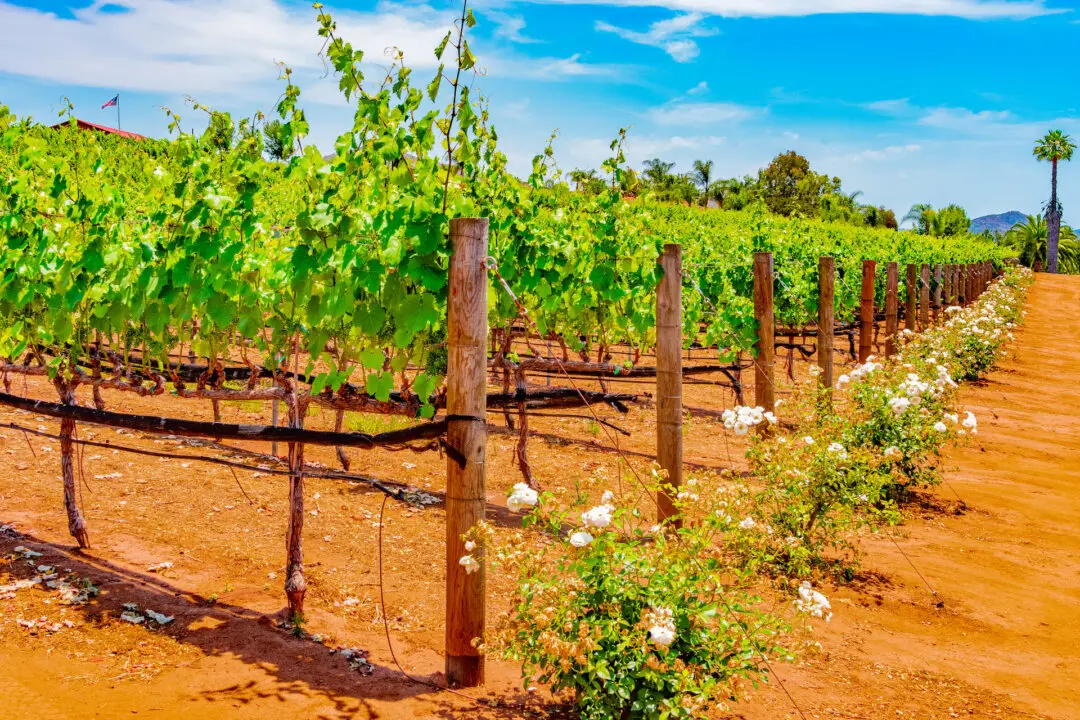Most people assume that all expensive wines are very good and that the more expensive a wine is, the better it is. But in many cases, quality and price have nothing to do with each other. Price is based on many factors.
Before we purchase a car, we take a test drive. But even that often doesn’t tell the whole story of whether the car is worth its price. You only learn that after you’ve driven it awhile.





